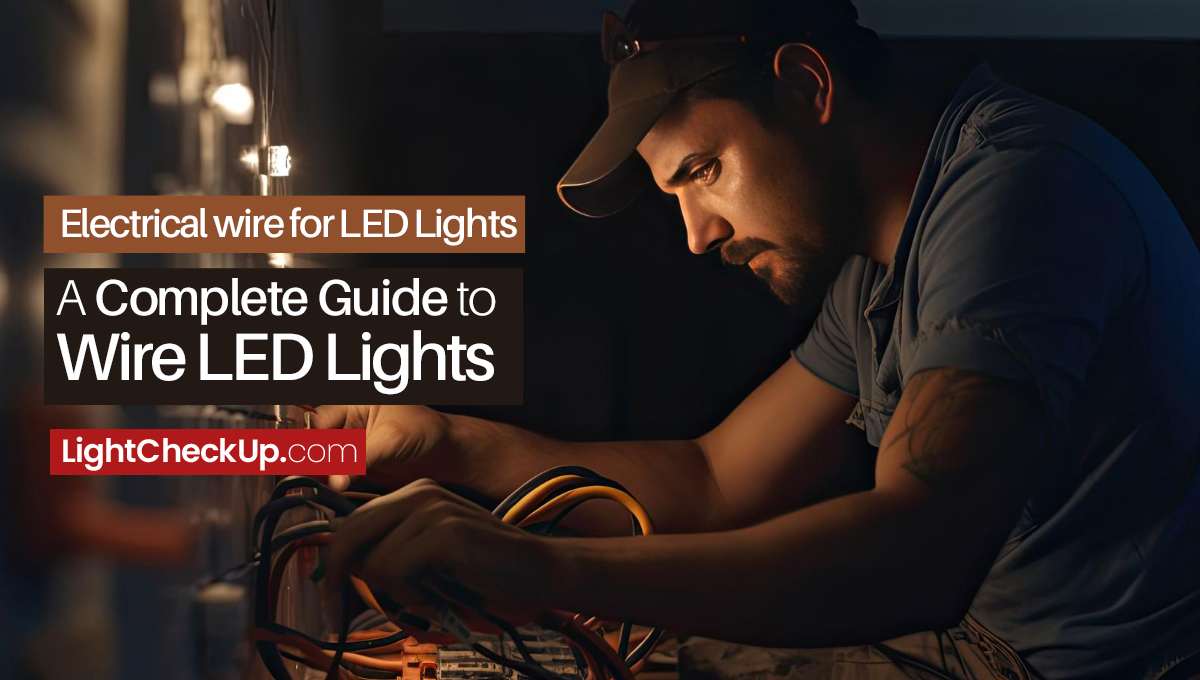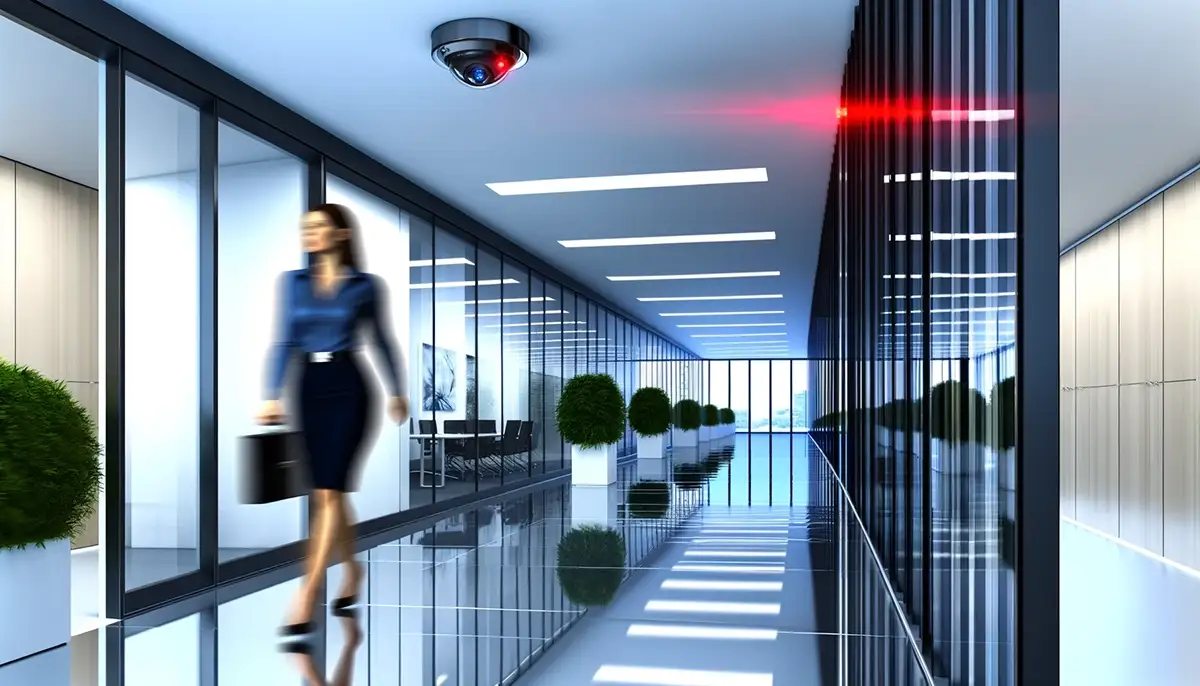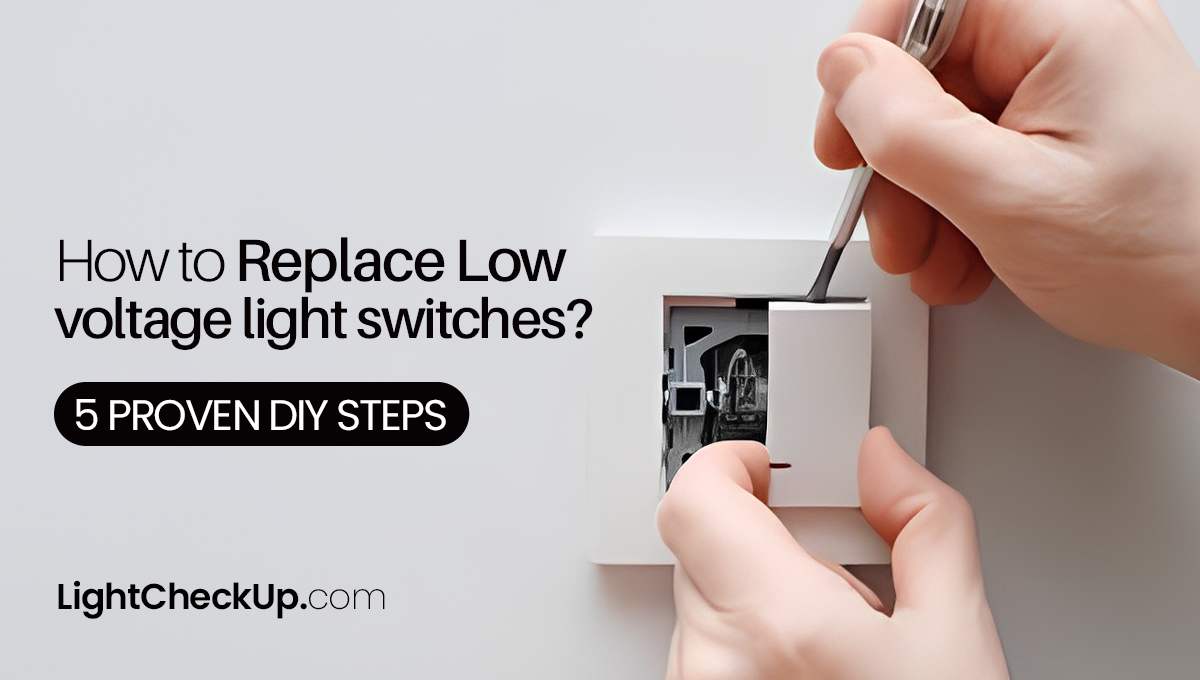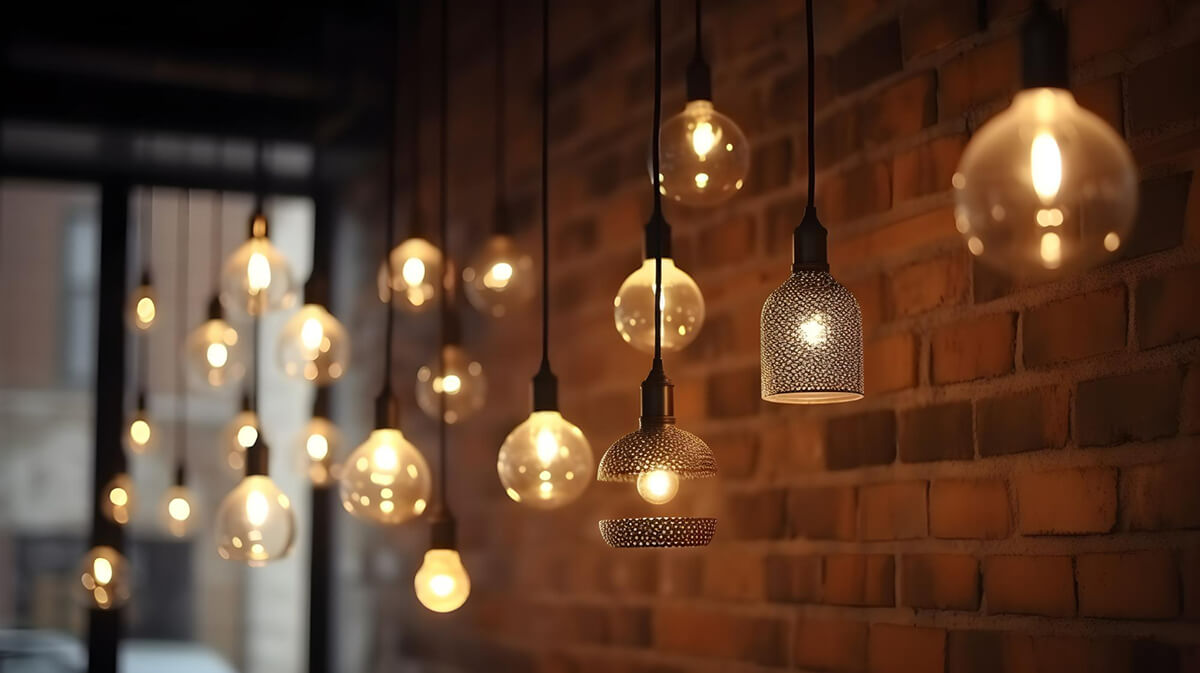LED lights are fantastic –
We’ll also guide you on what kind of wire I need for LED can lights? How should LEDs be wired? Also let you know the popular options like 18 gauge wire for LED lights and explore led light wiring diagrams. This will ensure your project succeeds. So, grab your wire strippers and shed light on electrical wire for LED lights!
Guide to Electrical wire for LED lights
LED strips should be handled carefully when installing. If the wires in the strips are bent, they can easily malfunction. Use the cutting marks provided and the appropriate connectors to navigate corners and connect different sections. It avoids unnecessary damage and keeps your lighting system working.
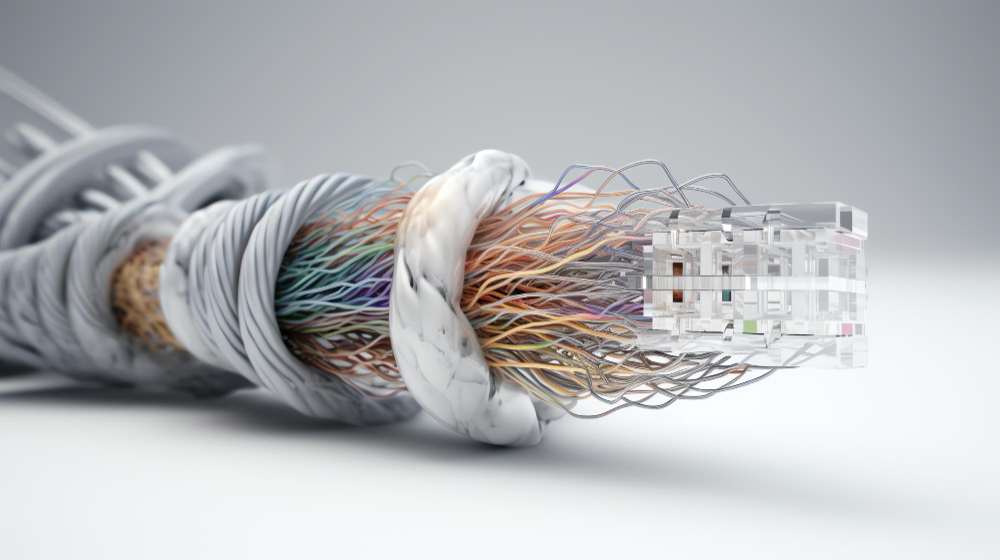
What kind of wire I need for LED can lights?
A 12-gauge, 2-conductor cable (12-2) is the safest and most common choice for LED can lights. It offers enough capacity for most LED can lights and provides a ground wire to make it safe.
You should consult an electrician or refer to your local building codes for the most accurate information.
What voltage is used for LED lights?
You should also consider the voltage of your LED strips. For subtle accent lighting, 12-volt strips are usually sufficient. 24 volt strips are best for task lighting or lighting up a whole room. For optimal performance, your LED strips must be compatible with your power supply.
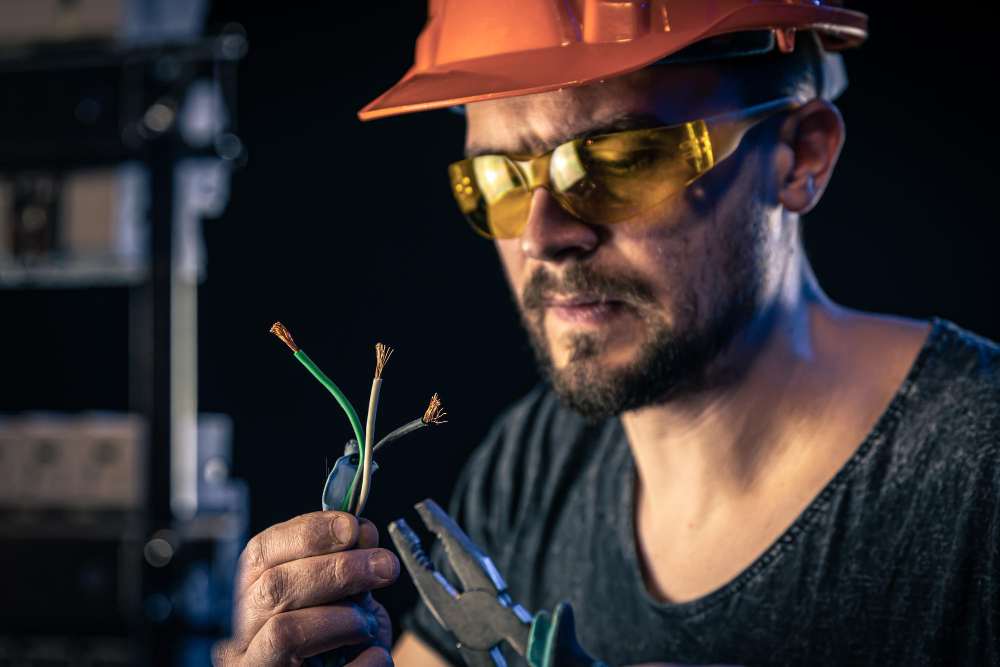
Lights with an IP-67 rating or better protect against moisture damage, ensuring your installation remains safe and functional over time.
You can connect LED strips, but you need the right connectors. You need connectors that match your strip’s pin configuration and are secure to keep them working. Also, cut the strips only at the marked points to make sure you don’t damage the wires.
Do LED lights need a special power supply?
LED lights run on direct current (DC) rather than alternating current (AC).
The LED power supply bridges this gap, converting AC from your power source to DC suitable for your LED lights.
The ideal power supply caters to your lights’ specific features. The power needs of colored lights, waterproof lights, and dimmable lights are all different. Additionally, indoor and outdoor lighting require different power supplies.
Strip lights are usually labeled with the wattage requirement per foot. Multiply that number by the total length you intend to use to get the strip’s overall wattage requirement.
The power supply should only be used at 80% of its maximum power. This keeps your lights cool, extending their lifespan.
The voltage requirements of your chosen lights, typically 12 or 24 volts, should precisely match the power supply you select.
Driver Decisions: LED drivers come in two main categories:
Constant current drivers:
The drivers adjust voltage to keep the current flowing. They are rated in milliamps or amps and are wired in series.
Constant voltage drivers:
Constant voltage drivers adjust current to maintain constant voltage. They are rated in volts or DC, and they’re wired in parallel.
What kind of wire do you use for LED lights: 24V or 12V?
You don’t know what voltage rating to use for electrical wire for LED lights – 24V wire or 12V wire – it’s the specific voltage rating. LED lights usually have voltage requirements, such as 12V or 24V direct current (DC).
12V strips: These are popular for accent lighting, under-cabinet lighting, and short runs. They are often more available and easier to work with due to the lower voltage.
A 24V strip is often used in long runs or for applications requiring higher brightness, like task lighting. There’s less voltage drop over long distances with 24V systems.
Ensure your wire is rated for the same voltage as your LED lights. A mismatched voltage can damage your lights or cause safety issues. If you’re unsure, ask an electrician for guidance.
Read Also: Do You Know How To Set A Hard-Wired Exterior Light Switch Timer? 4 Simple Hacks
How should LEDs be wired?
This refers to the wire’s thickness, and it affects its current carrying capacity. 18-gauge wire often suffices for low-power LED strips used in accent lighting. You might need a thicker gauge for longer runs or higher wattage lights, though, to prevent voltage drop and ensure enough power gets to your lights.
Match the voltage
Basically, the electrical wire for LED lights voltage should match the LED lights voltage. It’s advisable to use a product’s information or packaging for the voltage required. Most LED lights run on 12V or 24V DC.
Plan Your Layout
Ensure a clean installation by planning your wiring layout before you start. Consider how long the wire will be, where it’ll go, and where the power supply will be.
Use the right tools
Invest in proper tools like wire strippers to remove insulation without damaging wire strands and crimpers for secure connections with wire connectors.
Make Secure Connections
Use connectors designed for your wire gauge and ensure a tight and secure connection. Improper connections can lead to malfunctions or electrical hazards.
Maintain a Proper Connection:
For constant voltage systems, pay attention to polarity (positive and negative) and ensure proper connections.
Don’t overload your power supply by exceeding its wattage capacity. This can damage your lights and the power supply itself.
Always turn off the power at the breaker box before working on electrical wiring. You should consult a qualified electrician if you’re unsure about anything.
Read Also: How To Repair Halogen Light Fixtures (Troubleshooting With Pictures)
What happens if you wire LED wrong?
LEDs are sensitive to current flow direction, so if you connect them in reverse polarity, they won’t work.
If you wire an LED incorrectly, it won’t light up or get damaged. Follow the wiring diagram to make sure the LED is connected correctly to the power supply.
Read Also: How To Wire Auxiliary LED Lights In 40 Minutes Or Less
In conclusion, knowing electrical wire for Pixel LED Light is essential for a successful project.
You can choose the right wire gauge, follow wiring diagrams, and use the correct techniques to ensure safety and effectiveness.
Make sure you don’t let electrical wire for LED lights put you off. Any space can be lit up with the right tools and knowledge!
